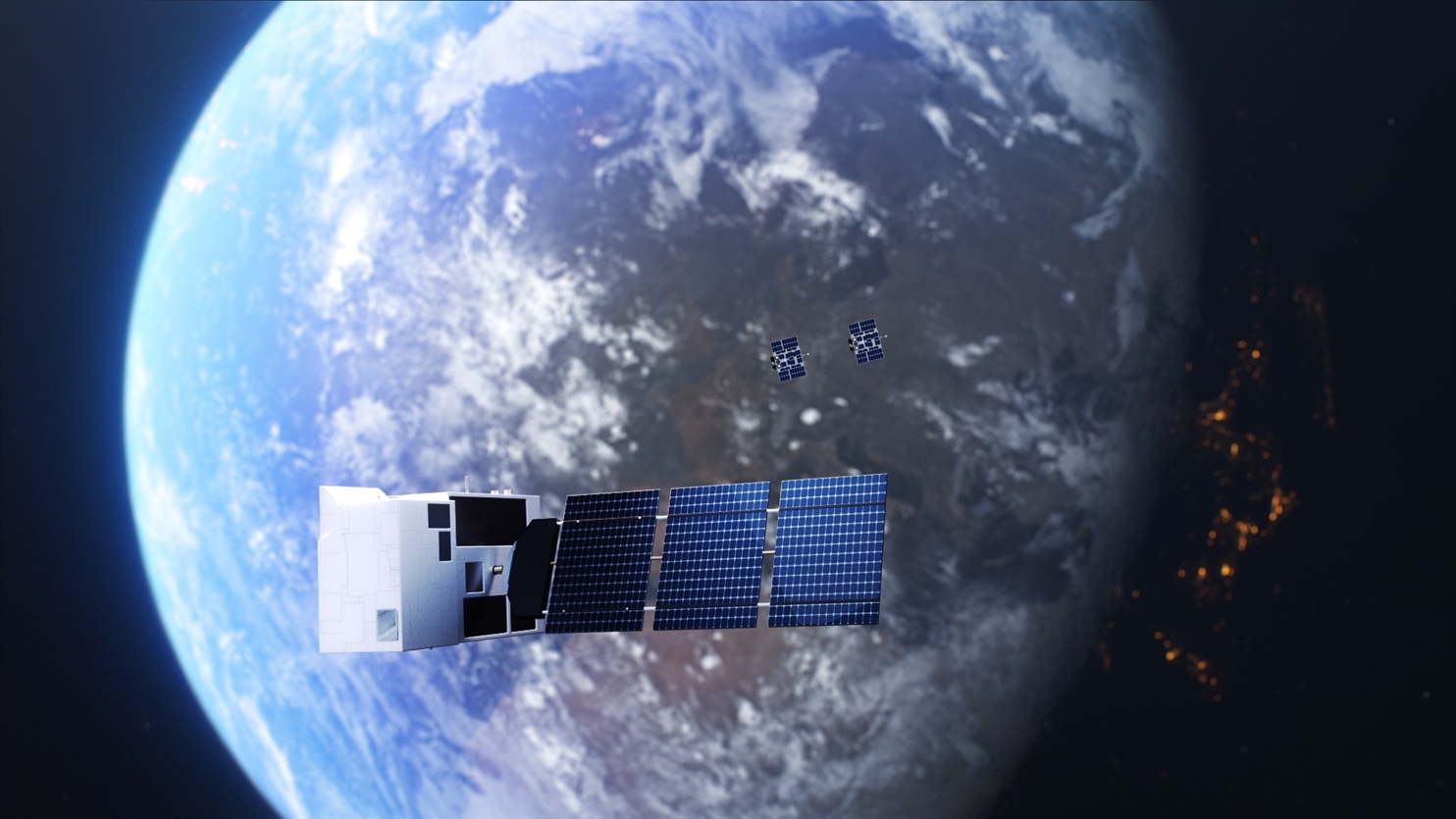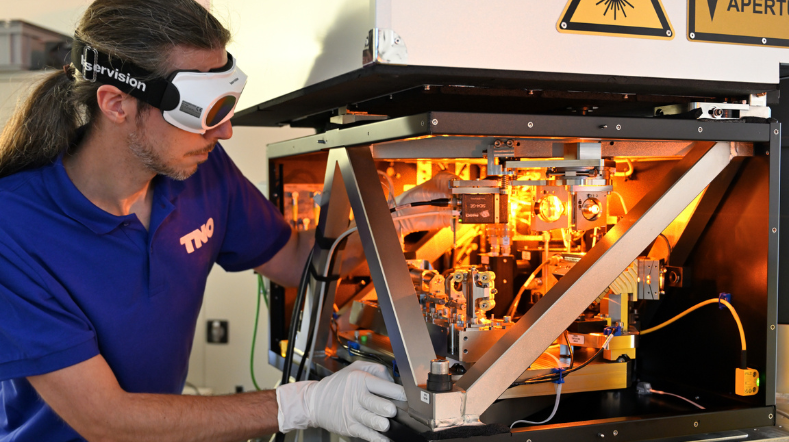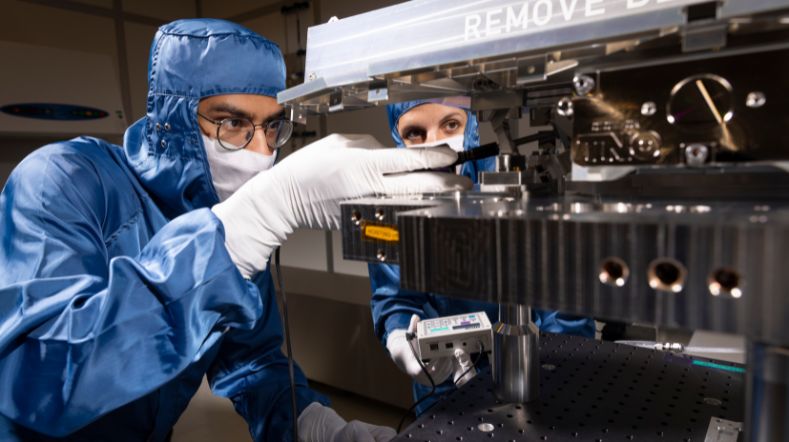ESA selects Dutch satellite system for local emission monitoring
The European Space Agency (ESA) has given the green light for the realization of the Dutch TANGO satellites. TANGO measures greenhouse gas emissions at source level from power plants, coal mines, landfills and factories, among others. Its Dutch predecessor TROPOMI has already been monitoring the greenhouse gas methane worldwide since 2017 and can map about 5% of emission sources. Its successor TANGO will be able to monitor sources responsible for around 75% global emissions of methane.
Moreover, TANGO measures emissions of CO2, the gas that accounts for the largest output of greenhouse gas emissions worldwide. The satellites are being developed by the Dutch parties ISISPACE, TNO, SRON and KNMI. TANGO is expected to be ready for launch from early 2027.
The Netherlands has had a global leading position in climate monitoring from space for some 40 years. TANGO proves this once more. The satellite mission can zoom in on places flagged as 'interesting' by other satellites, a kind of magnifying glass. TANGO then measures the exact emissions.
"TANGO measures greenhouse gases at the scale of a housing block, allowing us to determine emissions from ten thousand sources such as power plants and factories every year. I see this as an important contribution by the Netherlands to a fair and sustainable future of our earth," said Jochen Landgraf of SRON, which is responsible for the scientific management of TANGO, together with KNMI.
Verification of reported and actual emissions
The accurate emission data that TANGO provides will help governments, scientists and companies to verify reported emissions. This allows them to check whether climate and environmental regulations of power plants, oil and gas installations and landfills are being complied with and to take targeted measures to reduce emissions. Currently, there is often a big difference between predicted and actual emissions. As was shown, for example, when TROPOMI determined in 2021 that emissions from Australian coal mines were many times higher than expected.

"We want to contribute to transparent and fair verification of greenhouse gas emissions at source level. By designing and building the measurement instruments that fly in TANGO and by creating an emissions’ atlas, we are making this possible. With this, we are taking the next step towards independent emissions monitoring."
TANGO’s sharp look
TANGO (Twin Anthropogenic Greenhouse gas Observers) consists of two satellites, flying in tandem. It will be a unique European measurement system that will determine methane, carbon dioxide and nitrogen dioxide emissions for individual industrial plants. This will be done at a spatial resolution of about 300m x 300m.
It is possible to point the satellites directly at detected sources of greenhouse gas emissions several times a week to measure them accurately. This also allows trends such as geographical distribution, variations of emissions and the effect of mitigation measures to be determined.
Pepijn Veefkind (KNMI, co-scientific lead of the TANGO mission): "With this mission, we are mapping greenhouse gas emissions and making visible what is invisible. We are entering a new era where it is not just measuring on a large scale, but where it also becomes clear who is doing it and that is important in the global challenge to greatly reduce greenhouse gases."

Dutch investment pays off
Jasper van Loon of the Netherlands Space Office has spent the past two years negotiating with the other ESA member states, leading to this final mission selection. "It is an important milestone that we have set today here in Paris. Europe will have a super accurate climate camera from 2027, which will be developed in the Netherlands."
TANGO was made possible because the Ministries of Economic Affairs & Climate and Education, Culture and Science invested extra money in the Earth observation programme of the European Space Agency ESA in 2022, to enable emission monitoring applications. The mission fits well with the recently presented long-term space agenda for the Netherlands, in which the climate challenge and societal issues have a prominent place.
Science as a service
The TANGO mission is expected to be launched from early 2027. Jeroen Rotteveel, CEO of ISISPACE the company that is developing the satellite platforms for the mission and will carry out the daily operations of the mission: "With TANGO, our company will provide scientific data as a service to ESA using Dutch instrumentation on Dutch satellites. In this innovative way, which is also gaining popularity in the US, Dutch companies, knowledge institutions and the government can make a substantial contribution to the climate challenge through a satellite mission."
Get inspired
Optics


Time setter story: Max van Strien


TNO technology selected for Secondary Mirror of W. M. Keck Observatory


Time setter story: Benjamin Brenny


Space systems engineering


